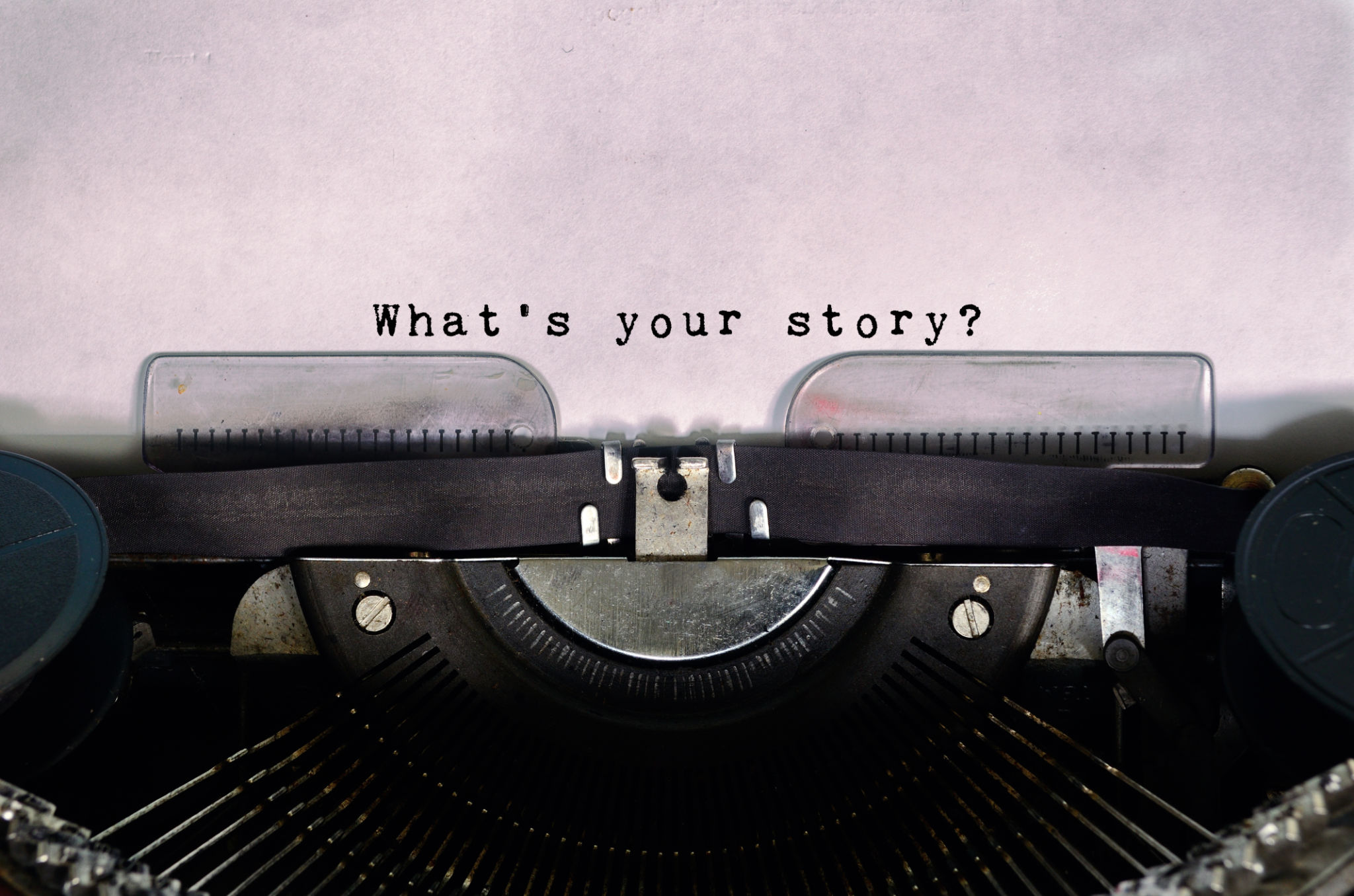The Role of Photography in Storytelling and Counselling
The Power of Visual Narratives
Photography has long been a powerful medium for storytelling, capturing moments in time that resonate deeply with viewers. It transcends language barriers and communicates emotions, thoughts, and stories through visual imagery. The role of photography in storytelling is to encapsulate a narrative within a single frame or a series of images, enabling viewers to connect with the subject matter on a personal level.
In the realm of storytelling, photographs serve as both a record of reality and a catalyst for imagination. They invite viewers to interpret the story behind the image, sparking curiosity and emotional engagement. This unique ability to evoke emotions makes photography an invaluable tool for storytellers across various media.

Photography as a Therapeutic Tool
Beyond its storytelling capabilities, photography is also emerging as an effective tool in counselling and therapy. Known as photo therapy, this practice leverages the emotional impact of images to facilitate healing and personal growth. By using photographs, therapists can help individuals explore their feelings and experiences in a safe and supportive environment.
Photo therapy encourages self-expression, allowing clients to convey emotions that may be difficult to articulate verbally. Through the lens of a camera, individuals can capture moments that reflect their inner world, fostering a greater understanding of their emotions and experiences.

Enhancing Communication and Connection
In counselling settings, photographs can also serve as conversation starters, bridging the gap between clients and therapists. They provide common ground for discussion, enabling clients to open up about their lives and feelings more comfortably. This shared visual language can enhance communication and build trust between the client and therapist.
Furthermore, photography allows clients to view their circumstances from different perspectives. By examining images of themselves or their surroundings, they may gain new insights or recognize patterns in their behavior and emotions. This process can be incredibly empowering, as it fosters self-awareness and encourages positive change.

Practical Applications in Therapy
There are several practical ways therapists can incorporate photography into their sessions. These methods can enhance therapeutic outcomes and engage clients in meaningful ways:
- Photo Journaling: Encouraging clients to create visual diaries that document their daily experiences and emotions.
- Image-Based Exercises: Using specific images to prompt discussion or reflection on particular themes or challenges.
- Exploring Personal Narratives: Clients curate a collection of images that represent their life story or significant events.
These practices not only enrich the therapeutic process but also provide clients with tangible artifacts of their journey that they can revisit outside of therapy sessions.

The Future of Photography in Counselling
The integration of photography into counselling is still evolving, with ongoing research exploring its potential benefits and applications. As technology advances, new opportunities arise for incorporating digital photography and multimedia projects into therapeutic work.
Virtual reality (VR) and augmented reality (AR) are areas of particular interest, offering immersive experiences that could revolutionize how therapists use visual media in their practice. By creating virtual environments or augmenting real-world experiences with digital elements, therapists may be able to craft more engaging and impactful therapeutic interventions.

In conclusion, photography plays a vital role in both storytelling and counselling, offering unique ways to communicate, heal, and connect. Its ability to convey complex emotions and narratives without words makes it a powerful tool for personal expression and growth. As the field continues to develop, the potential for photography to enrich our understanding of ourselves and others is limitless.
